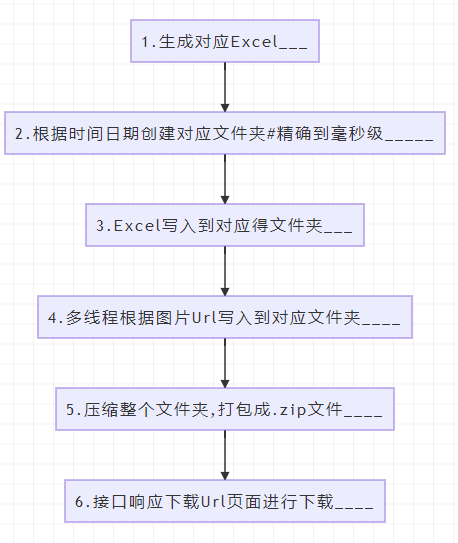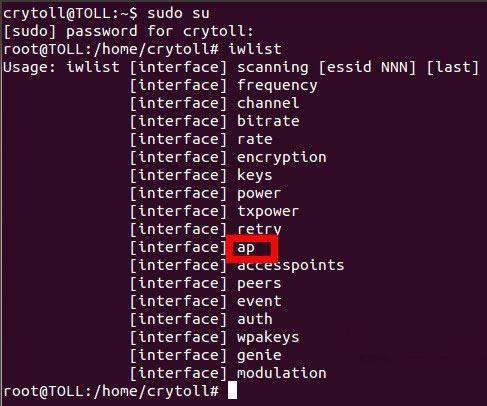前言
我们在声明一个nsstring属性时,对于其内存相关特性,通常有两种选择(基于arc环境):strong与copy。那这两者有什么区别呢?什么时候该用strong,什么时候该用copy呢?让我们先来看个例子。
代码验证
|
1
2
3
4
5
6
7
8
9
10
11
12
13
14
|
@property (nonatomic, strong) nsstring *mystrongstring;
@property (nonatomic, copy) nsstring *mycopystring;
- (void)stringtest {
nsmutablestring *mutablestr = [nsmutablestring stringwithformat:@"https://"];
self.mystrongstring = mutablestr;
self.mycopystring = mutablestr;
nslog(@"mutablestr:%p,%p", mutablestr,&mutablestr);
nslog(@"strongstring:%p,%p", _mystrongstring, &_mystrongstring);
nslog(@"copystring:%p,%p", _mycopystring, &_mycopystring);
//---------------分割线---------------------
[mutablestr appendstring:@"devthinking.com"];
nslog(@"strongstring:%p,%p", _mystrongstring, &_mystrongstring);
nslog(@"copystring:%p,%p", _mycopystring, &_mycopystring);
}
|
打印日志如下:
|
1
2
3
4
5
|
2016-11-09 14:14:18.532 democollectoc[92929:1731791] mutablestr:0x60800026fe00,0x7fff549c9be8
2016-11-09 14:14:18.532 democollectoc[92929:1731791] strongstring:0x60800026fe00,0x7ff095402308
2016-11-09 14:14:18.533 democollectoc[92929:1731791] copystring:0x6080004234a0,0x7ff095402310
2016-11-09 14:14:18.533 democollectoc[92929:1731791] strongstring:0x60800026fe00,0x7ff095402308
2016-11-09 14:14:21.039 democollectoc[92929:1731791] copystring:0x6080004234a0,0x7ff095402310
|
结论
1.mystrongstring跟mutablestr的指向地址始终一样,都为0x60800026fe00,mycopystring跟mutablestr指向的地址不同,即为深copy,新开辟了一份内存;
2.赋值时,当原始字符串是mutable string时,存在此差异,当mutablestr变化时,mystrongstring会随着改变,而mycopystring则不会。通常我们不想让其随着改变,故用copy属性较多;如果我们想其随着改变,则用strong。
3. 如果原始赋值字符串为string时,则用copy和strong属性是一样的。
变量存储地址
- &取地址符,取出来的是变量的存储地址,如mystrongstring mycopystring是存在堆里的,地址以0x7ff09开头,mutablestr为临时变量,是存在栈里的,以0x7fff5开头。
- 直接p打印出来的地址,则是存储内容实际存在的地址,其实里面存储的还是地址,详细的请看下一节,但是我们可以用这个地址区间来判断存储的区域。
附:x/3gx查看对象内存
查看基本数据类型的内存时,可直接查看,16进制转化一下就可以,查看对象时,则不可以,这跟string的结构体是相关的:
以nsstring为例
|
1
|
nsstring *str = @"a";
|
先打印出地址:
|
1
2
|
(lldb) p str
(__nscfconstantstring *) $0 = 0x0000000109b3aa30 @"a"
|
再用x/3gx命令查看内存:
|
1
2
3
|
(lldb) x/3gx 0x0000000109b3aa30
0x109b3aa30: 0x000000010bf3e348 0x00000000000007c8
0x109b3aa40: 0x0000000109b276db
|
再查看0x0000000109b276db中的地址即为字母a的ascii码实际存在地址:
|
1
2
|
(lldb) p (char*)0x0000000109b276db
(char *) $2 = 0x0000000109b276db "a"
|
可以直接在变量上右键上打开view memory of “*str”, 这就打开memory查看,在address里面输上0x0000000109b276db,即可查看每个字节的内容。
总结
以上就是这篇文章的全部内容,希望本文的内容对各位ios开发者们能有所帮助,如果有疑问大家可以留言交流,谢谢大家对快网idc的支持。
相关文章
- 64M VPS建站:能否支持高流量网站运行? 2025-06-10
- 64M VPS建站:怎样选择合适的域名和SSL证书? 2025-06-10
- 64M VPS建站:怎样优化以提高网站加载速度? 2025-06-10
- 64M VPS建站:是否适合初学者操作和管理? 2025-06-10
- ASP.NET自助建站系统中的用户注册和登录功能定制方法 2025-06-10
- 2025-07-10 怎样使用阿里云的安全工具进行服务器漏洞扫描和修复?
- 2025-07-10 怎样使用命令行工具优化Linux云服务器的Ping性能?
- 2025-07-10 怎样使用Xshell连接华为云服务器,实现高效远程管理?
- 2025-07-10 怎样利用云服务器D盘搭建稳定、高效的网站托管环境?
- 2025-07-10 怎样使用阿里云的安全组功能来增强服务器防火墙的安全性?
快网idc优惠网
QQ交流群
-
2025-05-29 66
-
2025-05-29 15
-
2025-05-27 86
-
2025-05-25 36
-
Ubuntu系统如何启用Soft AP?Ubuntu系统启用Soft AP的方法
2025-05-27 37















